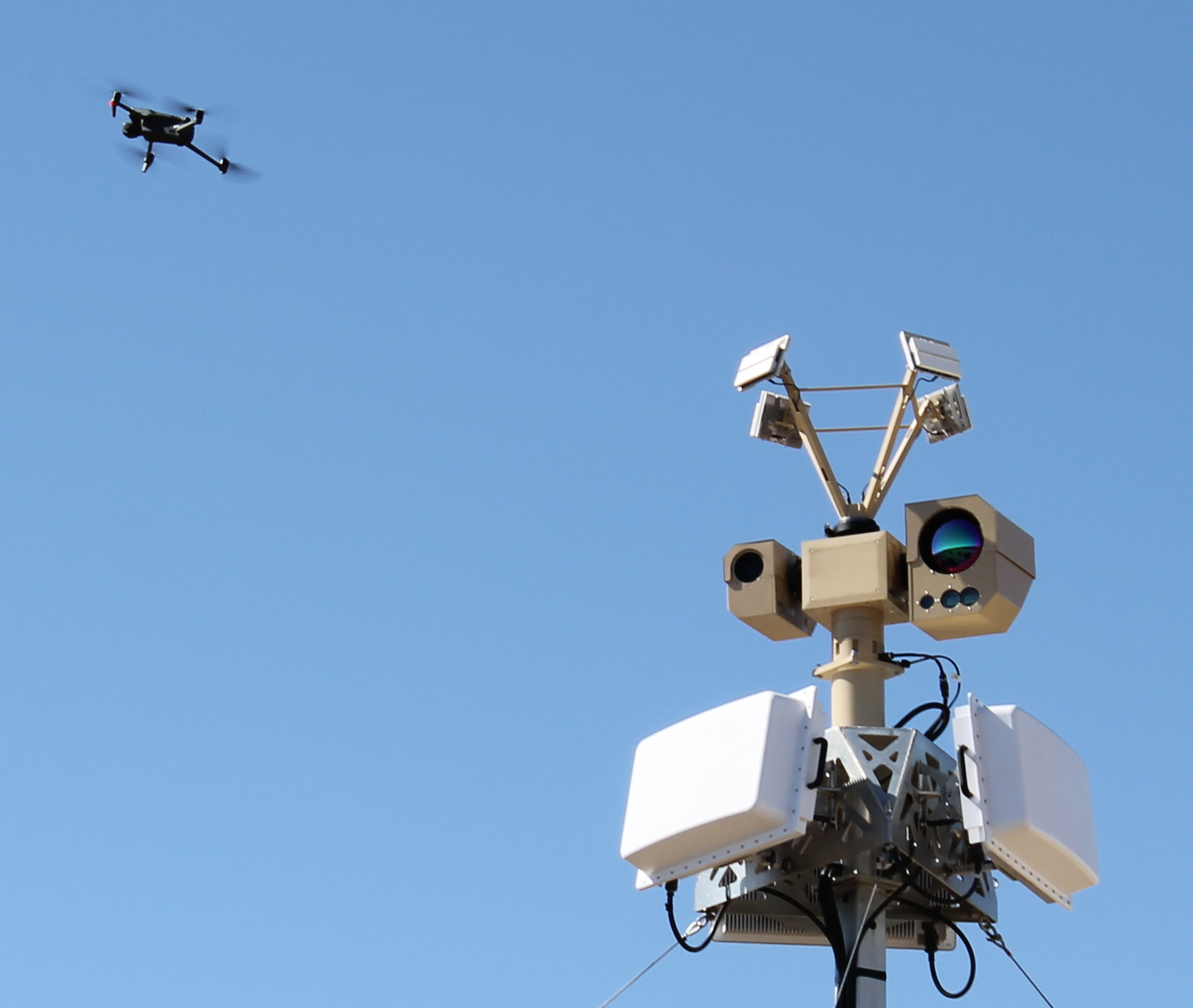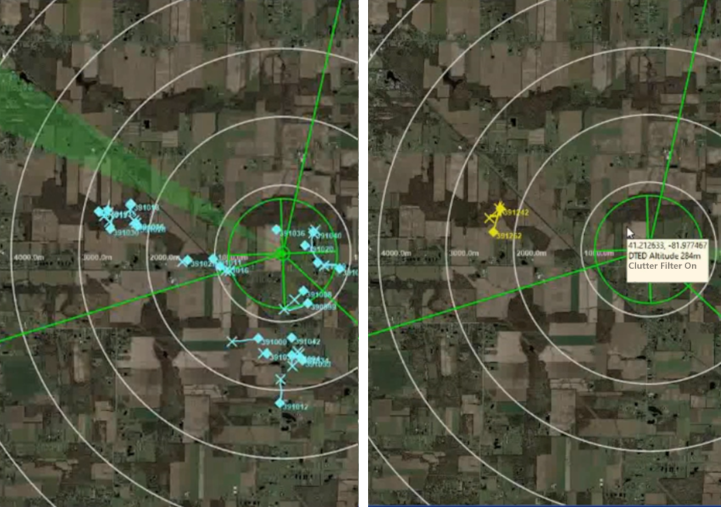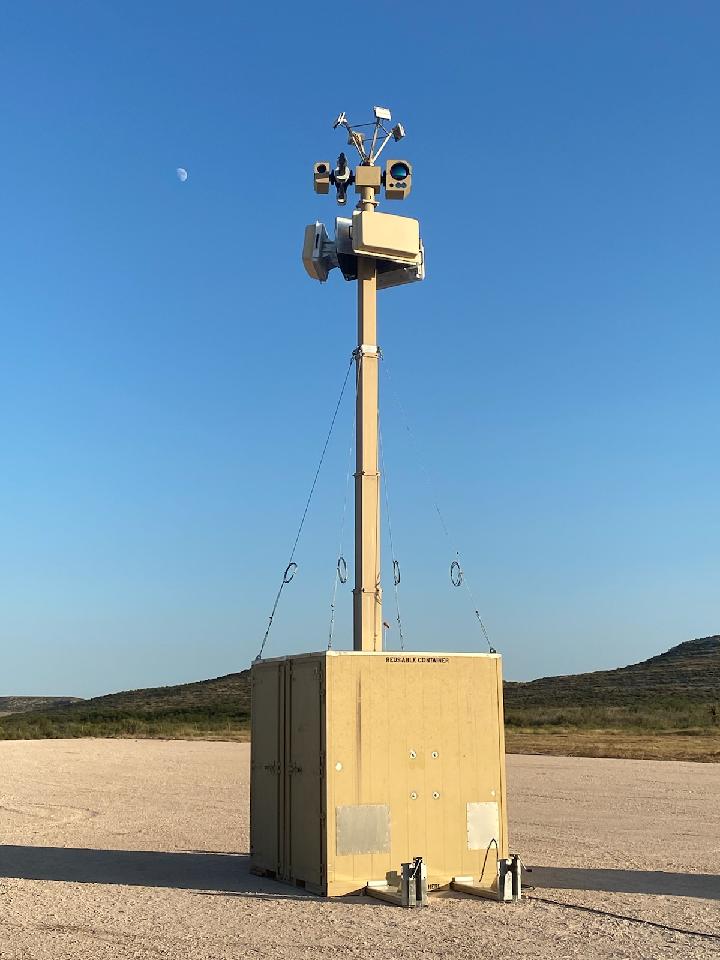Lycan Counter-UAS
Multi-Layered Counter-UAS
Lycan Counter-UAS is a turnkey system to find, track, and defeat Unmanned Aerial Systems (UAS or drones) used by potential adversaries to surveil, target, and even attack government, military, and commercial sites.
Lycan employs a multi-layered approach. Signals from different sensors are integrated within IEC’s IntrudIR Alert control system, allowing detection and identification of even small Class I drones (such as a DJI Phantom) at a range of nearly 3 miles. This is comparable to seeing the surface details of a grain of sand held at arm’s length.
Neutralizing Threats
IEC offers several countering options such as soft kinetic mitigation using an interceptor drone to net the invading UAV, directional and omnidirectional RF jamming, and RF detection/mitigation.

Ease of Use
The Lycan Counter-UAS is controlled using IEC’s IntrudIR Alert middleware. Information from all sensors, as well as system control functions, are integrated into a single user-configurable screen.
IEC software distinguishes between potential threats (drones) and benign items, such as birds, often referred to as ‘clutter.’ Built-in proprietary heuristics reduce operator fatigue and distraction by prioritizing targets of interest and removing clutter from the screen. Effective clutter mitigation is crucial to ensure that radar-based counter-drone systems can accurately and efficiently protect sensitive areas without triggering false alarms or missing threats.
Lycan’s modular architecture allows for easy integration with existing C2 systems as well as additional sensors and effectors to address site-specific needs in an ever-evolving threat landscape.


Features
- Integrate and respond to input or signals from external systems or sensors.
- Continuously optically track a target ensuring uninterrupted target monitoring and assessment.
- Sophisticated target classification capabilities.
- Automated focus and zoom allows system to adjust the focus and zoom levels in real-time, without manual intervention.
- Detection and passive radar tracking up to 4.5 km1, refreshed 2x/second
- EO/IR tracking to 4.5 km1 and beyond with integrated slew-to-cue
- Omnidirectional and directional jamming of drone control, data, and navigation signals2
- Kinetic mitigation of adversaries to 0.4 km
- Radar field of view 360° x 20° (1.6 km high at 4.5 km range) to 360° x 60°, depending on configuration
- EO/IR field of view: aimable in 360° x 90°
- Field replacement of sensor modules without tools in less than two minutes
- Configurable size, weight, and power (SWaP) to match fixed and mobile operational requirements, including fixed tower, trailer, and tripod installations.
- For micro UAS such as DJI Phantom (1.3 kg, 350 mm or 14″ wide). Detection and tracking ranges increase proportionately for larger drones.
- Jamming ranges are a function of power supply, antenna configuration, and relative distance from drone to its controller.
